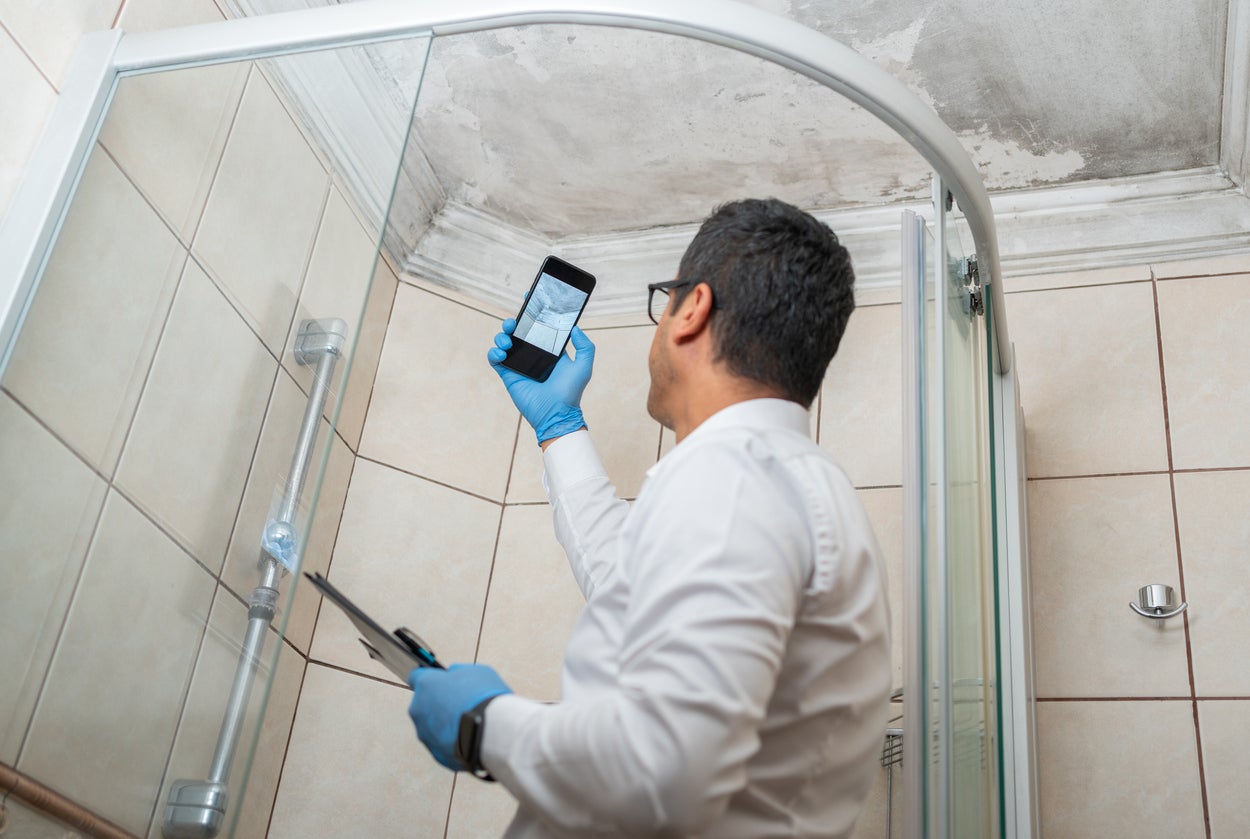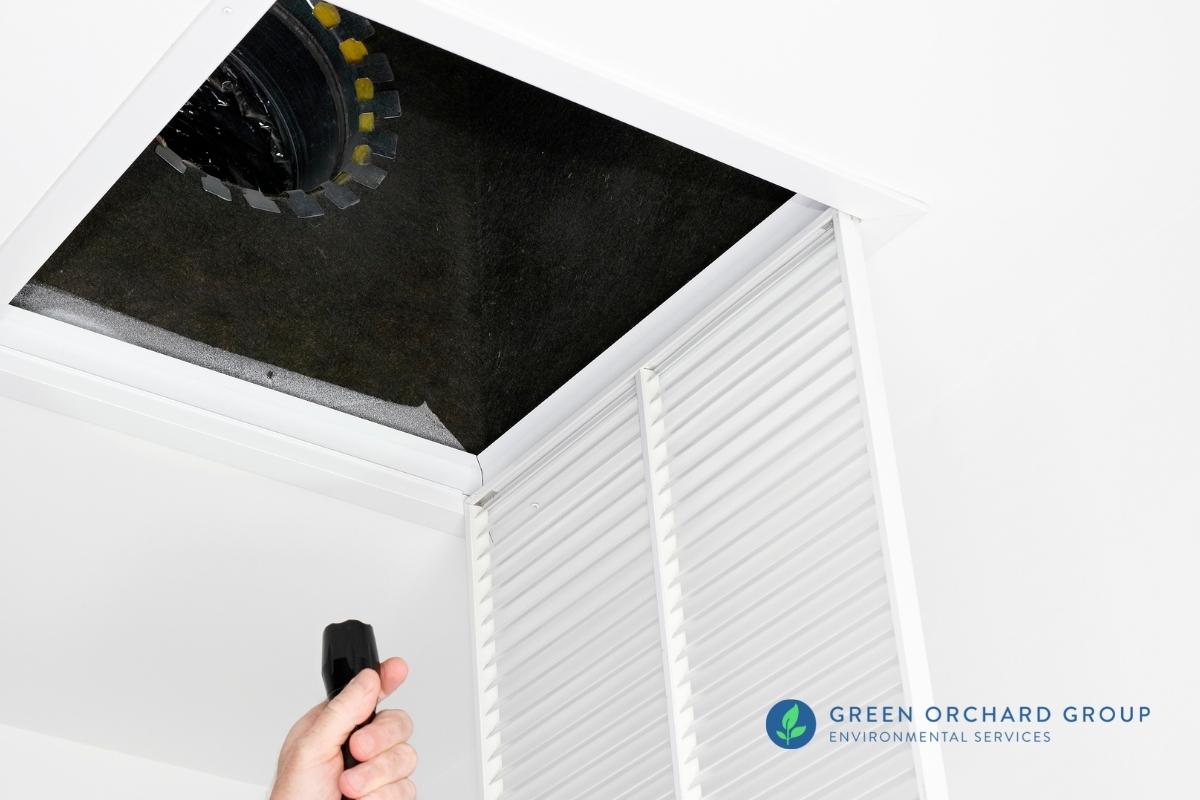Accessing Neighborhood Post Remediation Mold Testing Near Me
Professional Tips for Article Mold And Mildew Removal Success
In the world of mold and mildew removal, effectively getting rid of mold is only half the battle; the true difficulty lies in preventing its reappearance. By sticking to expert tips and best techniques, people can safeguard their rooms versus mold and mildew renewal and preserve a healthy interior setting.
Display Humidity Levels On A Regular Basis
Normal tracking of humidity degrees is necessary in ensuring the performance of article mold removal initiatives. After completing mold and mildew remediation treatments, preserving optimal humidity levels is crucial to protect against mold and mildew re-growth and make certain a healthy indoor atmosphere. Monitoring humidity degrees enables for early detection of any kind of spikes or variations that might possibly result in mold renewal. High humidity levels over 60% produce a conducive atmosphere for mold to thrive, making normal keeping an eye on a proactive procedure to avoid any future mold and mildew concerns - Post Remediation Inspection near me.
In addition, establishing a regular schedule for moisture checks, particularly in risky locations such as basements, bathrooms, and cooking areas, is an aggressive method to mold and mildew avoidance. By regularly keeping an eye on humidity levels, building owners can effectively reduce the danger of mold and mildew reoccurrence and maintain a healthy indoor setting post-remediation.
Conduct Thorough Inspections Post-Remediation
Complying with the conclusion of mold and mildew remediation treatments, it is critical to carry out extensive inspections to confirm the performance of the remediation procedure. These post-remediation inspections are vital in ensuring that the mold concern has been efficiently attended to and that there is no recurrence or staying mold development. Inspections ought to be accomplished by qualified specialists that have know-how in identifying mold and evaluating interior air high quality.
During these assessments, numerous approaches such as aesthetic analyses, air tasting, and surface area tasting may be used to extensively evaluate the remediated locations. Visual analyses entail a thorough inspection of the premises to look for any type of visible signs of mold and mildew development or water damage. Air tasting aids in figuring out the air-borne mold and mildew spore degrees, while surface sampling can spot mold particles on surfaces.
Implement Correct Air Flow Strategies
After ensuring the performance of the mold removal procedure with detailed inspections, the following essential step is to focus on implementing proper air flow strategies. Adequate air flow is vital in avoiding mold and mildew reoccurrence by controlling dampness levels and promoting air circulation. To attain this, it is advised to use exhaust followers in areas prone to high moisture, such as washrooms and kitchens. In addition, opening up doors and windows when climate permits can aid enhance airflow and minimize wetness accumulation. Air dehumidifiers and cleansers are also important devices in maintaining optimum interior air top quality.
Proper ventilation not only help in preventing mold development however additionally adds to the overall wellness and convenience of owners. By ensuring appropriate ventilation throughout the building, you can decrease the danger of mold regrowth and develop a healthier living environment. Regular upkeep of ventilation systems, including cleaning and filter replacements, is essential to maintaining reliable air flow. Consulting with HVAC specialists can provide additional insights right into optimizing ventilation strategies for your particular residential property demands.

Use Mold-Resistant Materials for Services
To improve the long-term efficiency of mold and mildew remediation initiatives, incorporating mold-resistant products for repairs is critical in alleviating the risk of future mold and mildew development. Mold-resistant materials Read Full Report are created to endure dampness and hinder mold development, making them a vital choice for locations prone to dampness and moisture. When repairing locations affected by mold and mildew, using products such as mold-resistant drywall, mold-resistant paints, and mold-resistant caulking can assist stop mold reappearance.
Mold-resistant drywall is an exceptional choice to traditional drywall in locations like shower rooms and cellars where wetness levels are higher. When revealed to damp conditions, this type of drywall has a special finish that withstands mold and mildew development also. Additionally, making use of mold-resistant paints having antimicrobial agents can further prevent mold and mildew growth on ceilings and wall surfaces.
In areas where wetness is typical, such as bathroom and kitchens, making use of mold-resistant caulking around home windows, bathtubs, and sinks can aid seal out water and prevent mold and mildew from holding in splits and crevices. By purchasing these mold-resistant products during repair services post-remediation, you can significantly reduce the likelihood of future mold issues and keep a much healthier indoor atmosphere.
Maintain Cleanliness and Address Water Issues
Guaranteeing tidiness and without delay dealing with water problems are fundamental techniques to maintain in securing indoor spaces from mold and mildew reinfestation. After mold remediation, it is important to maintain a tidy environment to avoid the regrowth of mold (Post Mold remediation cleaning). Regular cleaning, cleaning, and vacuuming can assist remove any type of lingering mold and mildew spores and avoid them from proliferating and settling. In addition, keeping indoor rooms completely dry and dealing with any type of water issues immediately is necessary in mold prevention. Leakages, water invasion, or high humidity degrees can develop the excellent breeding place for mold and mildew, so it is critical to fix any water-related issues instantly.
To preserve tidiness, think about utilizing HEPA filters in vacuums and air cleansers to catch mold and mildew spores and prevent their blood circulation airborne. Making certain correct air flow in areas prone to moisture buildup, such as restrooms and kitchens, can assist keep humidity levels in check. By staying alert regarding tidiness and attending to water problems immediately, you can successfully avoid mold reinfestation and maintain a healthy interior setting.
Verdict

In the world of mold remediation, efficiently removing mold and mildew is just half the battle; the true difficulty exists in preventing its reappearance. After completing mold and mildew removal procedures, preserving ideal moisture degrees is vital to prevent mold re-growth and guarantee a healthy and balanced indoor environment. High humidity levels above 60% produce a helpful setting for mold to flourish, making routine keeping track of an aggressive action to protect against any type of future mold problems.
To enhance the long-lasting performance of mold and mildew remediation efforts, incorporating mold-resistant materials for fixings is crucial in mitigating the risk of future mold and mildew development. After mold and mildew remediation, it is important to preserve a tidy atmosphere to avoid the regrowth of mold and mildew.